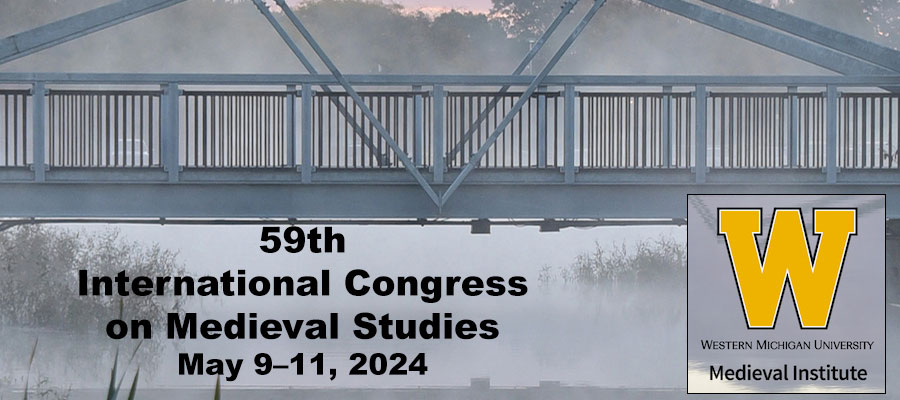Cross-Cultural Interaction in the Alps: Medieval Artistic Production in the Historic County of Tyrol, International Center of Medieval Art (ICMA) sponsored panel the 59th International Congress on Medieval Studies, Western Michigan University, May 9–11, 2024
In field-defining studies published between 1950-2000, the historic County of Tyrol is recognized as a flourishing area of artistic production, particularly in wall painting around the year 1200. Furthermore, this resilient center located at the crossroads of north and south repeatedly evades stylistic classification. Described as neither Romanesque nor proto-Gothic, the renowned wall paintings of Malles and Naturno have been cast as an unusual mixture of post-Ottonian, Carolingian, and Veneto-Byzantine styles, ambiguously attributed to either local or itinerant artists. Similar speculation regarding questions of style and artistry surrounds the area’s sculpture from the later medieval period. Works related to the so-called “Beautiful Style” originating at the imperial court in Prague have received particular attention concerning their place of production and whether they were imported, sculpted by foreign artists, or created in Tyrol itself. Influential contributions to scholarship include the work of Enrico Castelnuovo, (1929-2014), including the co-authored and edited volumes Centre and Periphery (1979), La frontiera nella storia dell’arte (1987), and Il gotico nelle Alpi 1350-1450 (2002). Yet, in the past twenty years, few studies have attempted to readdress artistic production in this region. Even fewer have moved beyond matters of style to engage with its socio-political complexity, as the Brenner Pass connected the empires north of the harsh mountain range to those of the south, which, in turn, brought merchants, artists, and pilgrims to and from the eastern Mediterranean.
This session seeks papers that address any of the following questions: How, in fact, do we move beyond style to discuss artistic production in Tyrol? Can we speak of workshops or define them as such? What can be gained from studying the movement of people and objects between Tyrol and its neighbors to the north and south? Similarly, how can politics and trade networks inform our understanding of this area?
Possible themes and subjects include but are not limited to:
- Wall painting, monumental art, sculpture, manuscript production, and religious architecture
- Program themes and iconography
- Imperial and royal patronage
- Monastic communities
- Trade networks
- Historiography and nationalism
Session organizers
Emma Leidy, Columbia University
Sarah Cohen, Columbia University
